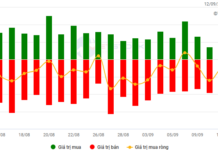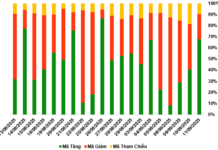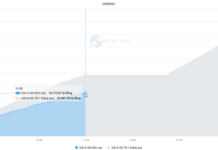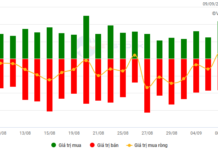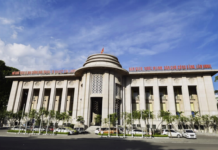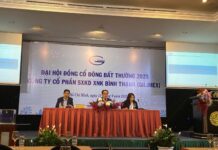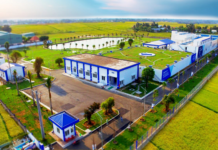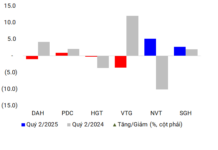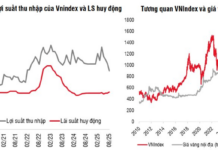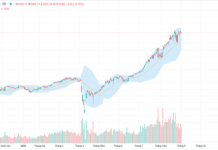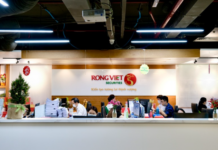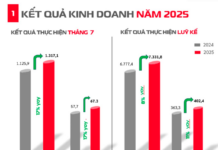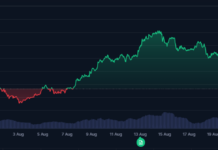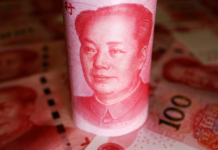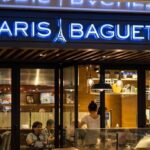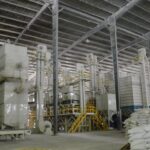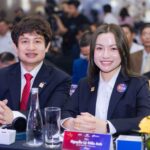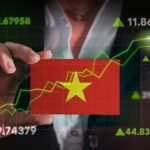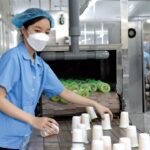A HAGL subsidiary has raised 1,000 billion VND in bonds
On August 8, HGLC successfully raised 1,000 billion VND through a private placement of bonds with the code HTL12501, with a three-year term until August 2028. The fixed interest rate is 10.5% per annum. The bonds are guaranteed for payment and come with a put option, underwritten by OCBS Securities.
According to the agreement with bondholders on September 8, HGLC supplemented the information with appendices to the joint venture contracts between Hoang Anh Gia Lai Joint Stock Company and Hung Thang Loi Gia Lai Limited Company, Gia Suc Lo Pang Joint Stock Company and Hung Thang Loi Gia Lai Limited Liability Company, Ca Tam Bolaven Aquaculture Joint Stock Company and Hung Thang Loi Gia Lai Limited Liability Company, and Phu Quy Gia Lai Agriculture Joint Stock Company and Hung Thang Loi Gia Lai Limited Liability Company.
At the same time, HGLC updated the appendices to the joint venture contracts with the following parties: Hoang Anh Gia Lai JSC to implement a plan to grow Arabica coffee and silkworms in Gia Lai province (Vietnam), Gia Suc Lo Pang JSC to grow Arabica coffee in Gia Lai, Ca Tam Bolaven Aquaculture JSC to grow Arabica coffee in Champasak province (Laos), and Phu Quy Gia Lai Agriculture JSC to cultivate silkworms in Attapeu province (Laos). These are all subsidiaries of HAGL.
HGLC also made adjustments to the capital allocation plan. Specifically, the total cooperative area remains at 1,950 hectares (1,050 hectares of coffee and 900 hectares of silkworms), but the capital allocation ratio for each project has been adjusted. For example, the investment capital for the coffee project with Gia Suc Lo Pang increased from 250 billion VND to 277 billion VND, while the investment in the cooperative project with Ca Tam Bolaven Aquaculture JSC in Laos decreased from 180 billion VND to 153 billion VND.

HGLC adjusts its plan for using proceeds from the bond issuance. Source: HGLC
|
Another notable change is the profit-sharing ratio. Previously, HGLC expected to receive a cooperation interest of 15% per annum plus an additional 20% of the contributed capital at the end of the term. After the adjustment, the interest rate was reduced to 11.5% per annum, calculated from the date of capital contribution until the end of the contract. The supplementary end-of-term profit is no longer maintained.
In addition, the concept of the “Record Date” has been adjusted to provide more flexibility instead of solely depending on the Vietnam Securities Depository (VSDC). It can now be determined on a case-by-case basis, such as the maturity date, interest payment date, or the time when the company repurchases the bonds before maturity.
HGLC is currently HAGL’s second-largest subsidiary in terms of invested capital, with nearly 3,000 billion VND in original capital investment, second only to Le Me JSC. These two companies, along with Gia Suc Lo Pang and Hoang Anh Gia Lai, form the core group of enterprises in the Corporation’s agricultural activities.
HGLC was acquired by HAGL in 2018 through debt settlement. HAGL received the transfer of 76.93 million HGLC shares at a price of 32,200 VND/share, totaling 2.47 trillion VND, thereby holding 98% of the capital. HGLC was initially founded by Mr. Duong Minh Thanh in 2016 and owns several agricultural projects in Gia Lai and Champasak (Laos).
The purpose of HGLC’s bond proceeds is also linked to HAGL’s strategy to expand its raw material sources. At the annual general meeting in June, the Group’s leaders announced that they would use retained earnings and bank loans to simultaneously invest in 2,000 hectares of silkworms and 2,000 hectares of Arabica coffee.
“These are two major programs. HAGL has favorable conditions compared to other units, with thousands of agricultural engineers working in remote areas,” said Mr. Doan Nguyen Duc, Chairman of HAGL’s Board of Directors. He also set a target to allocate 2,000 hectares for silkworms and 4,000 hectares for Arabica coffee within the 30,000-hectare strategy by 2030.
HAG’s AGM: Plans to Cultivate Silkworms and Arabica Coffee
– 16:18 11/09/2025
“Paris Baguette: A Tasty New Venture for the Founder of Highlands Coffee”
Paris Baguette, a delightful culinary gem, is owned by the renowned SPC Group, a leading food and confectionery conglomerate in South Korea. With a global revenue of approximately $5.7 billion in 2020, SPC Group has established itself as a powerhouse in the industry. Paris Baguette, a shining star in their portfolio, captivates patrons with its exquisite offerings.
The End of the Road for Big Oil?
The latest draft of the decree, number 7, paints a less optimistic picture than its predecessor. Vietcap Securities predicts a potential downward adjustment for the forecasted net profit for 2026.

